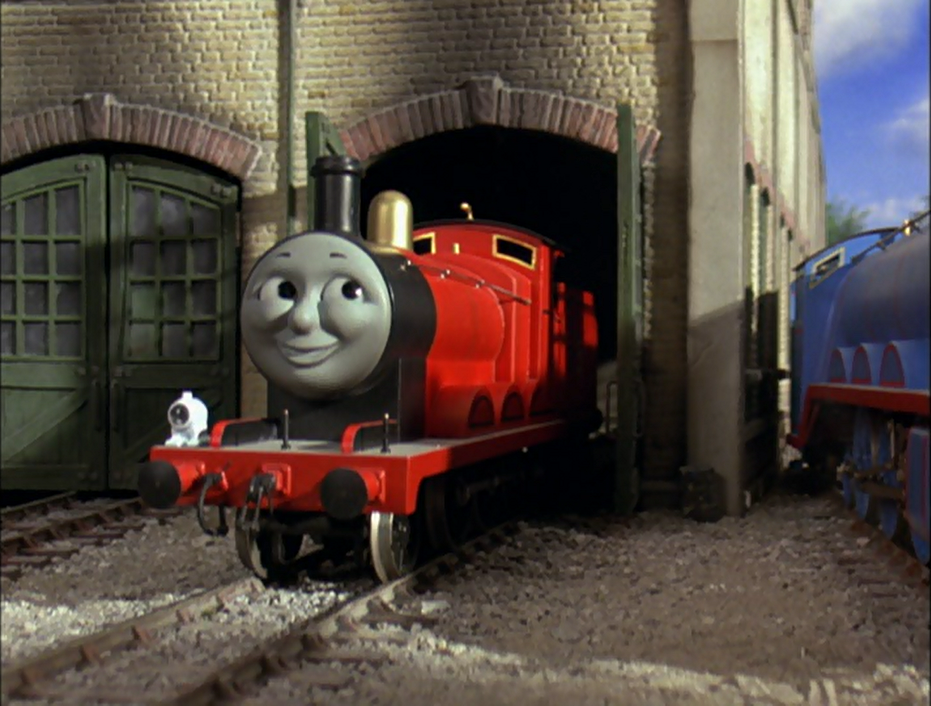

Consider data archiving – there is already a master copy of this on the platform there are probably multiple copies in snapshots and backups in other places. Within the IT world, this is comparable to where we have the need to move large amounts of data from one place to another without there being really pressing time constraints.


Designed for moving large loads long distances in the most effective and economical manner.
The powerful engine – as seen in trucks, lorries and so on. Overall, there are four main classes of what I'll call an IT Automationengine that can then be modified as necessary to create the different type of vehicles that we see today: Then it wraps the right transmission, brakes, electronics and body around the underlying system to make things happen as they should. Maybe we can come up with a ‘magic’ engine that adapts itself to the job in hand? One that can take a whole set of variables that change how the engine is brought to bear and operates. This can’t be some ‘average’ engine that attempts to be the ultimate answer and ends up everything badly – it must be something special. What? After several paragraphs saying this is stupid, I then say it’s a good idea? So, in the light of what I have just said, let me say that IT needs to be looking at a single engine to manage its workload automation needs. The flip side of this is that the F1 or Indycar engine would be useless at hauling freight, even with the F1 engine having 50% greater power than the truck. For example, a 40-tonne truck’s engine would not be that competitive in a race against a Formula 1 or Indycar. The main issue is that there is not one type of vehicle on the market, and their capabilities cover a broad spectrum. However, the comparison can fail as well – the often-used term of a ‘common engine’ in areas such as databases and analytics may result in too many exceptions being brought through that stretch the idea too far. Seems to hold together as a comparison, doesn’t it? Vehicles have evolved from being hand built to mass production on assembly lines: IT has moved from hand coded applications on proprietary platforms toward the adoption of continuous development and delivery on more automated hybrid cloud platforms. 
When looking at IT, one common comparison used is the automobile industry. They're running a monkey seat, a deeper rear wing, and still their speed is extremely impressive.Is it really valid to use comparisons with other industries when it comes to IT? "Whereas if you've got the power, you can see that Mercedes and Ferrari are running more downforce than us. "It's very sensitive to its acceleration at that point. "Ultimately it's power, because as soon as you put a little bit of scrub, the engine isn't able to pull through," he said. Horner said that the nature of the corners at Suzuka meant that any power deficit was punished more than normal. And obviously they can't run in the high power modes for that duration during the race." "Whereas in the race, the chassis has been strong all weekend, we can see from the GPS overlays that the chassis is right there. We gave away in qualifying the best part of a second. "And with this track now being a bigger percentage full-throttle, particularly towards the end of the first sector, accelerating out of the two Degners, out of the hairpin, around into the last sector… we see it's pretty painful there.








 0 kommentar(er)
0 kommentar(er)
